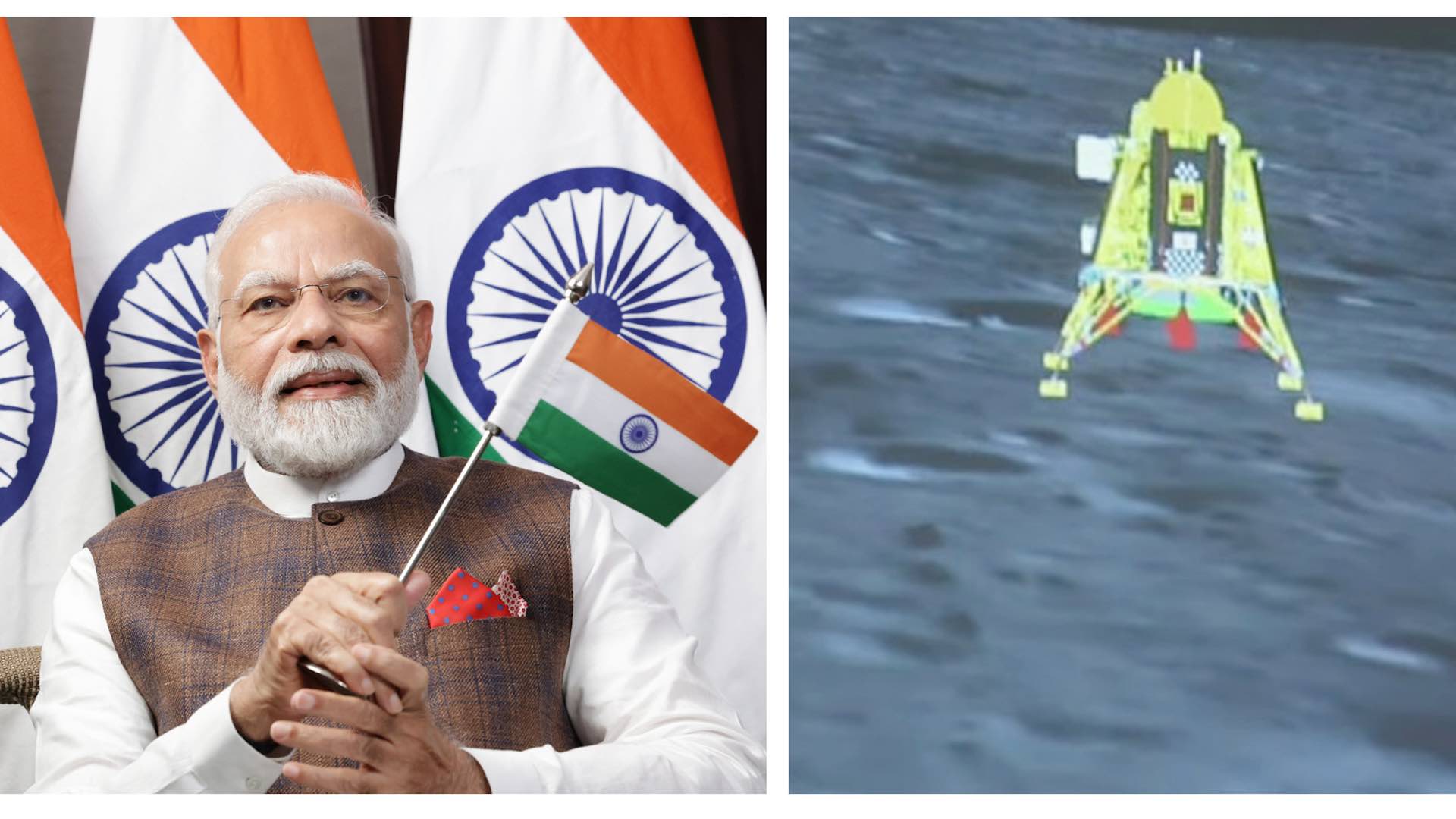In a momentous achievement, India’s Chandrayaan-3 mission has successfully landed on the South Pole of the Moon, marking India as the pioneering nation to accomplish this feat. Prime Minister Modi lauded the scientists and the entire nation for this significant breakthrough, emphasizing that “India will forever remember this monumental day.”

The mission’s most challenging phase unfolded in the final moments leading up to the landing. Approximately 20 minutes prior to touchdown, ISRO activated the Automatic Landing Sequence (ALS). This enabled the Vikram Lunar Module (LM) to autonomously utilize its advanced on-board systems to pinpoint a conducive landing location, ensuring a smooth touchdown.
Industry experts highlighted the mission’s critical window – the last 15 to 20 minutes – as the decisive phase for the mission’s triumph. It was a moment of collective anticipation, as people across India and the global diaspora held their breath, hoping for the successful landing of Chandrayaan-3. This particular window carried an intense weight of expectations, especially given the previous lunar mission’s challenges during its final moments.
Given the complexities and risks associated with the crucial minutes leading up to the moon landing, many refer to this span as the “20 or 17 minutes of terror.” The Vikram lander independently managed its operations during this phase, igniting its engines at precise intervals and altitudes.
The Indian Space Research Organisation (ISRO) has consistently kept the public informed. On the eve of the landing, they announced that “all systems are normal” and various modules were activated in preparation for the landing. Following its 40-day journey, the Chandrayaan-3 lander, named ‘Vikram’, successfully set foot on the untouched lunar South Pole.
Under PM Modi’s visionary leadership, India has firmly established itself as a global powerhouse, both in space exploration and on economic fronts. His forward-thinking policies have propelled India into the ranks of the world’s top five economies, showcasing growth in diverse areas of national development. This transformative journey, marked by strategic decisions and groundbreaking achievements, stands in stark contrast to the preceding seven decades of Congress-led governance.
